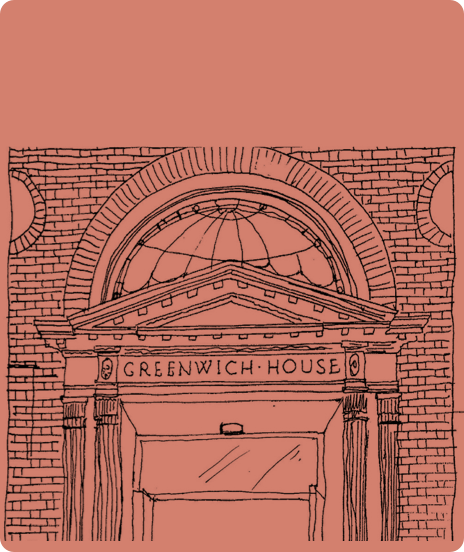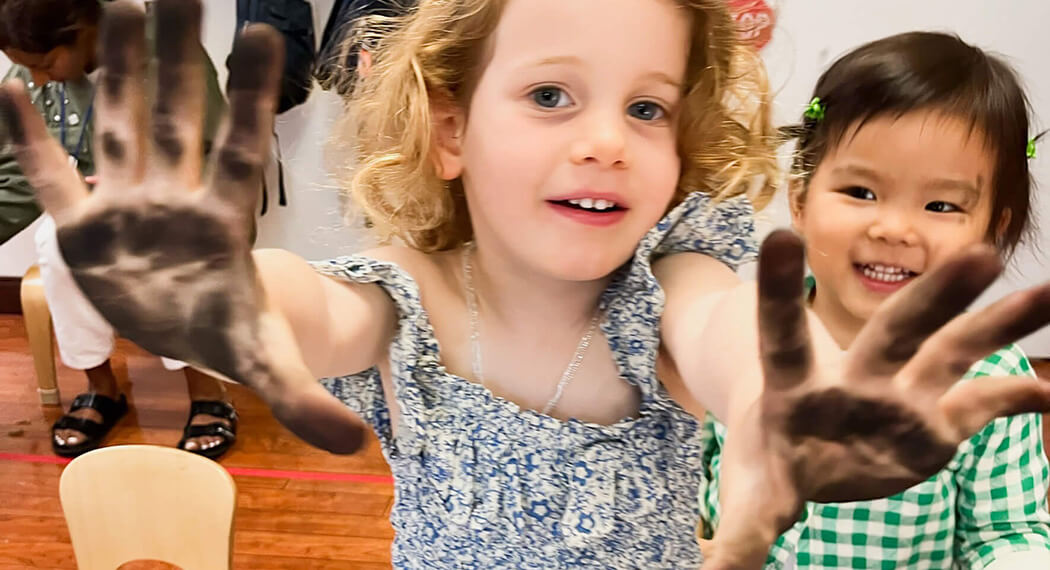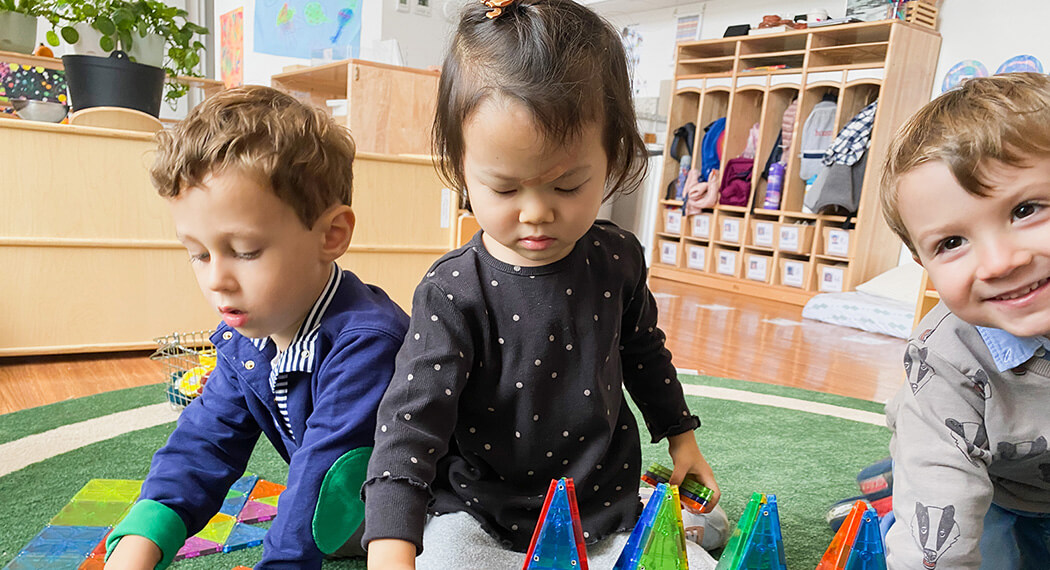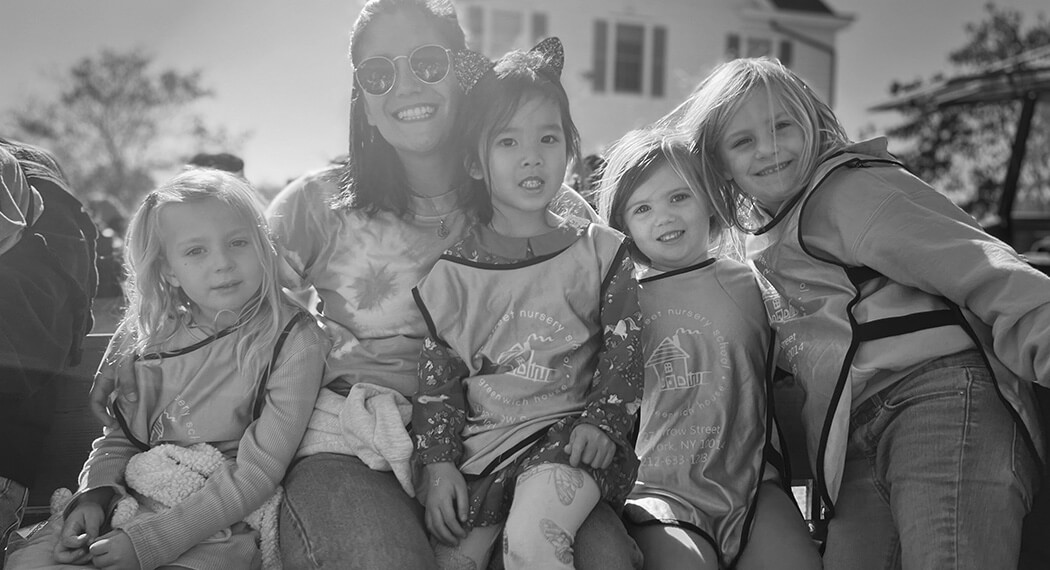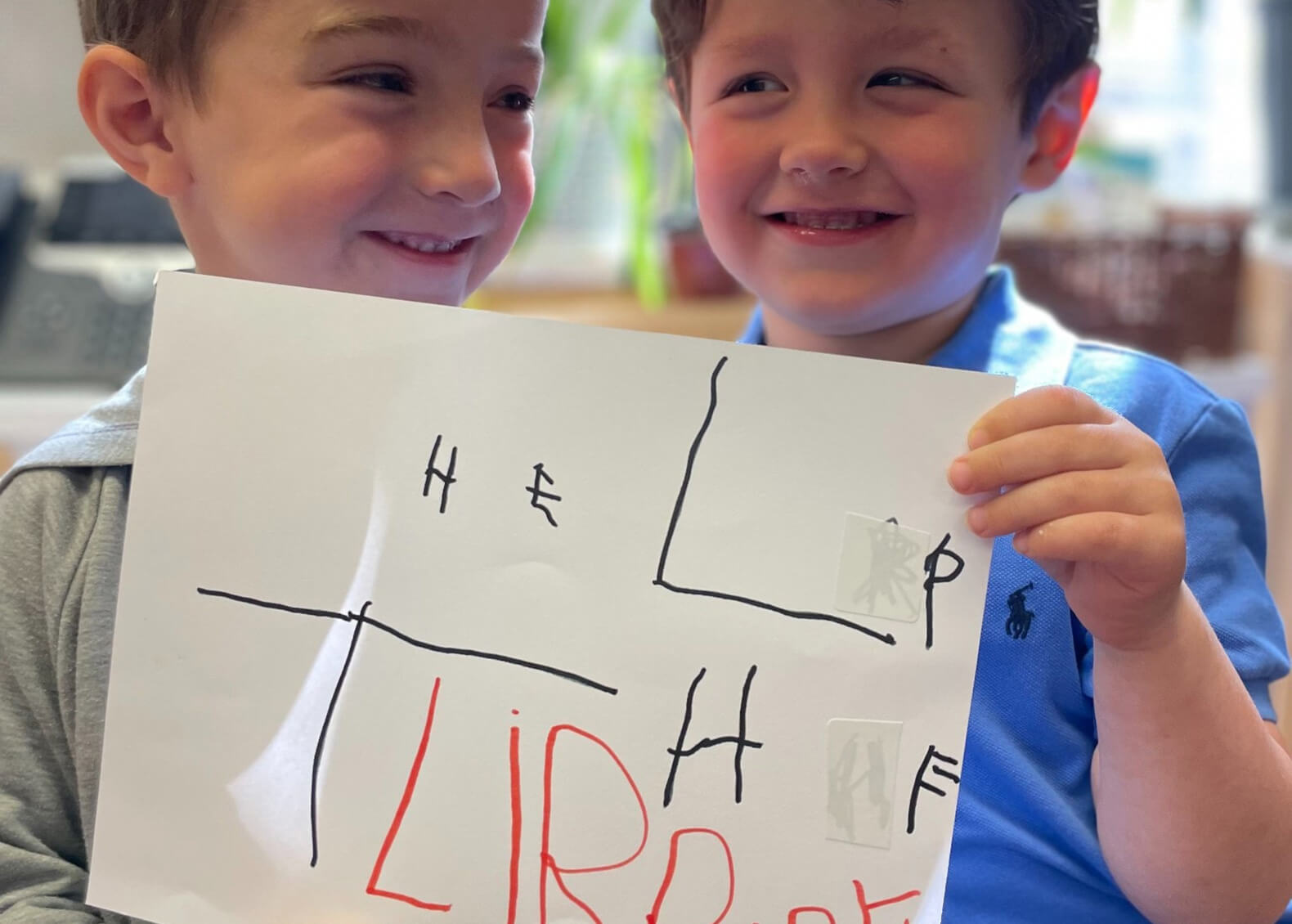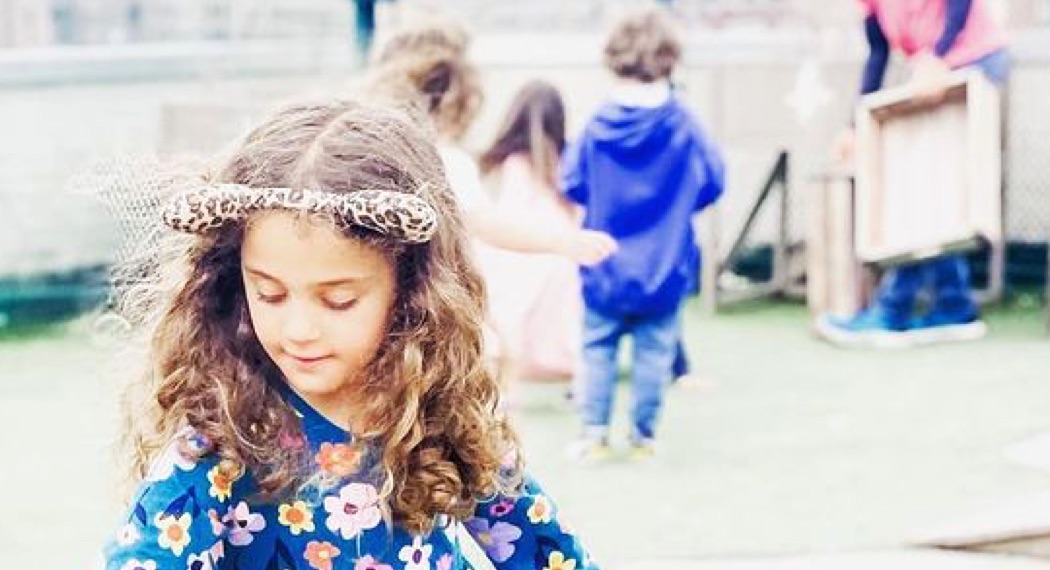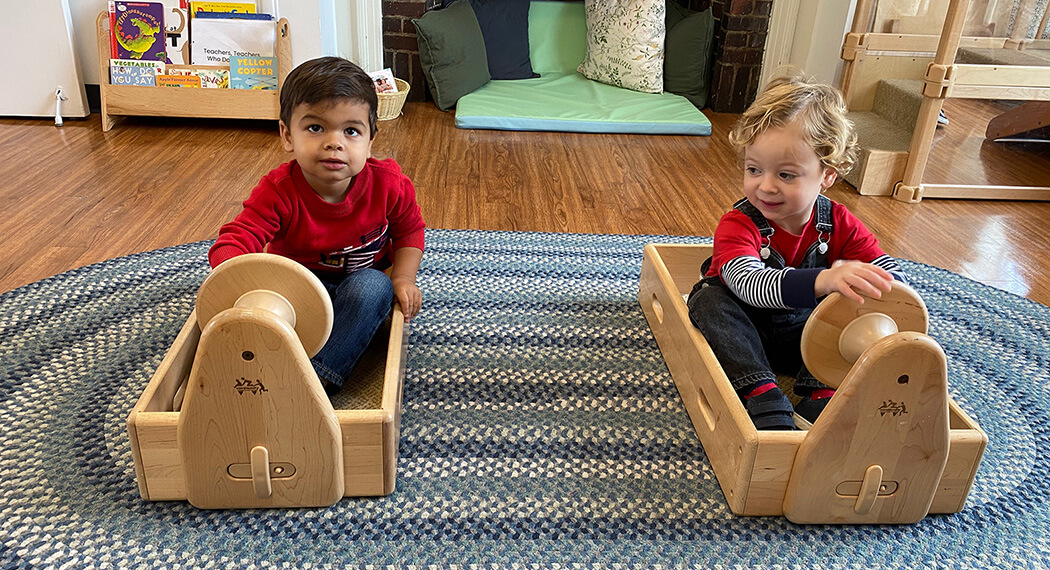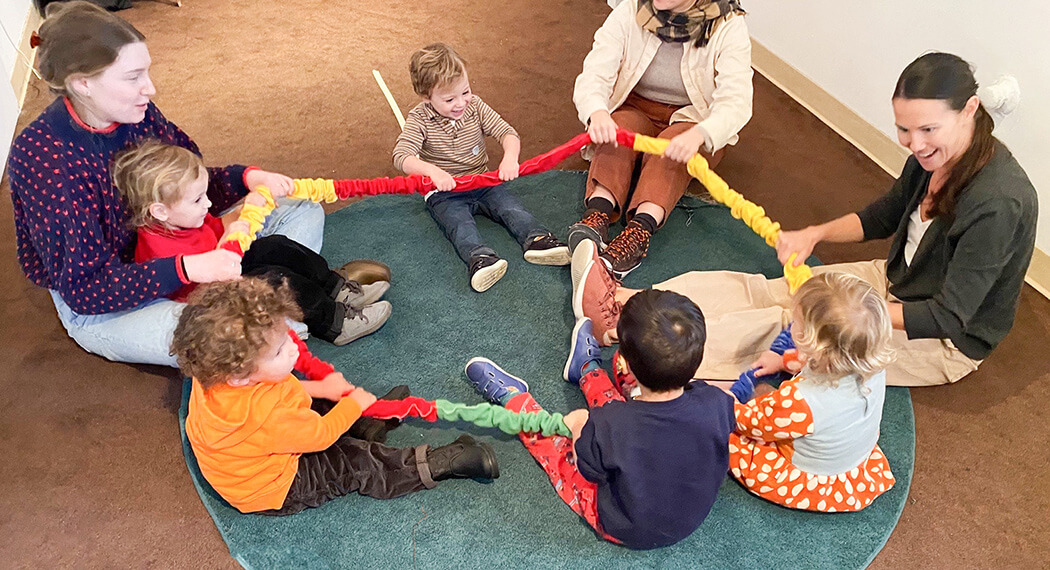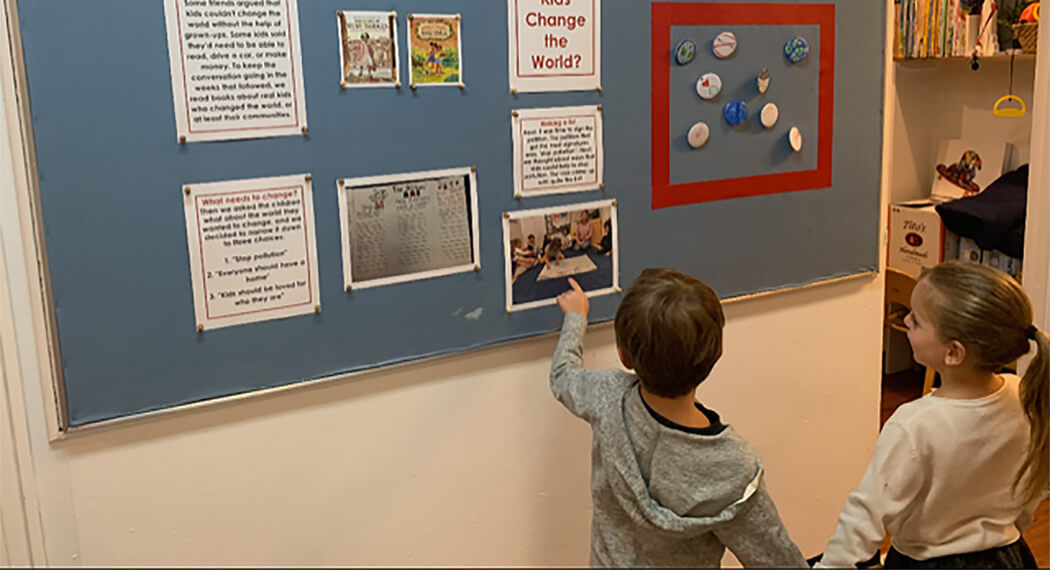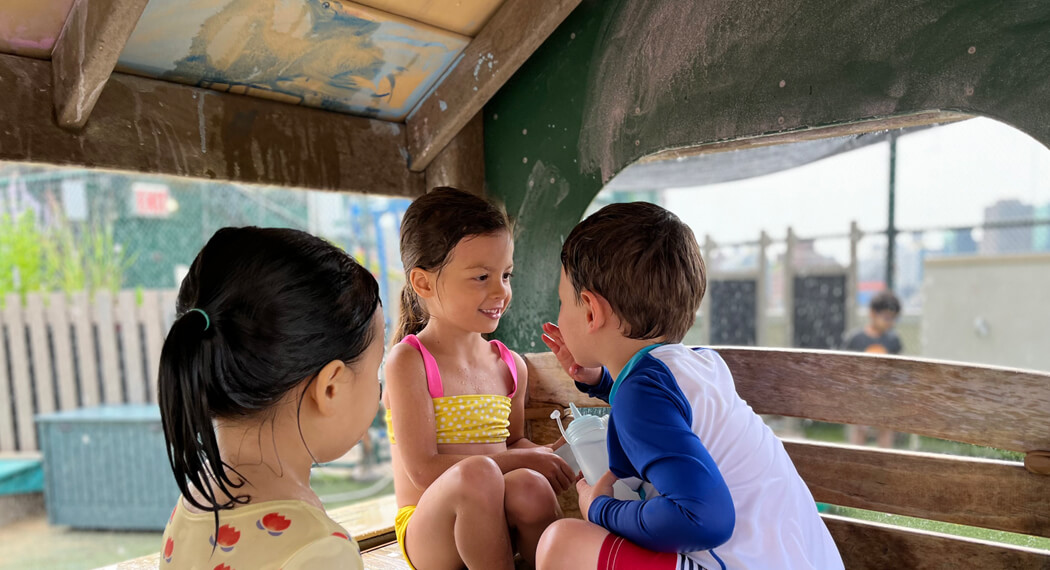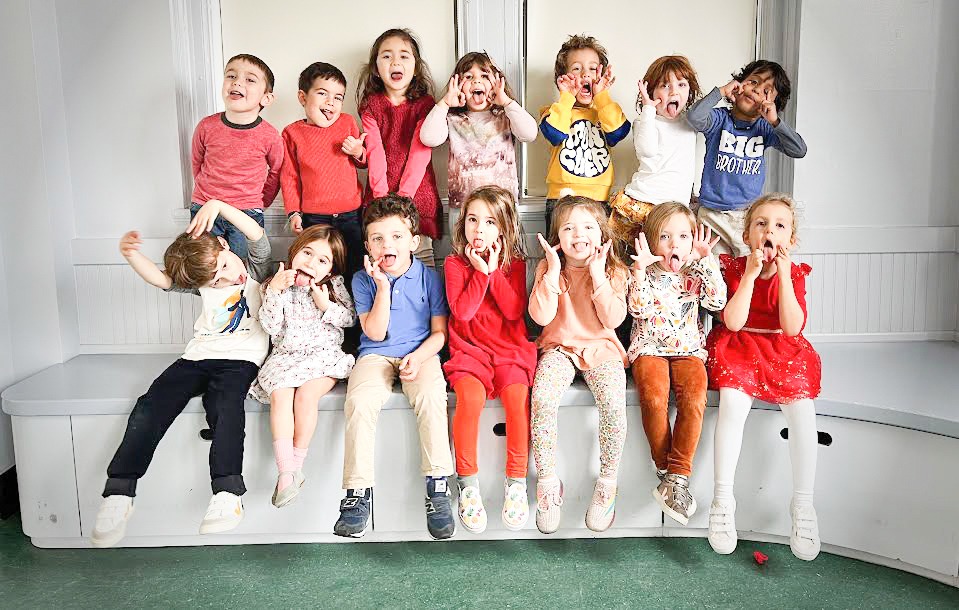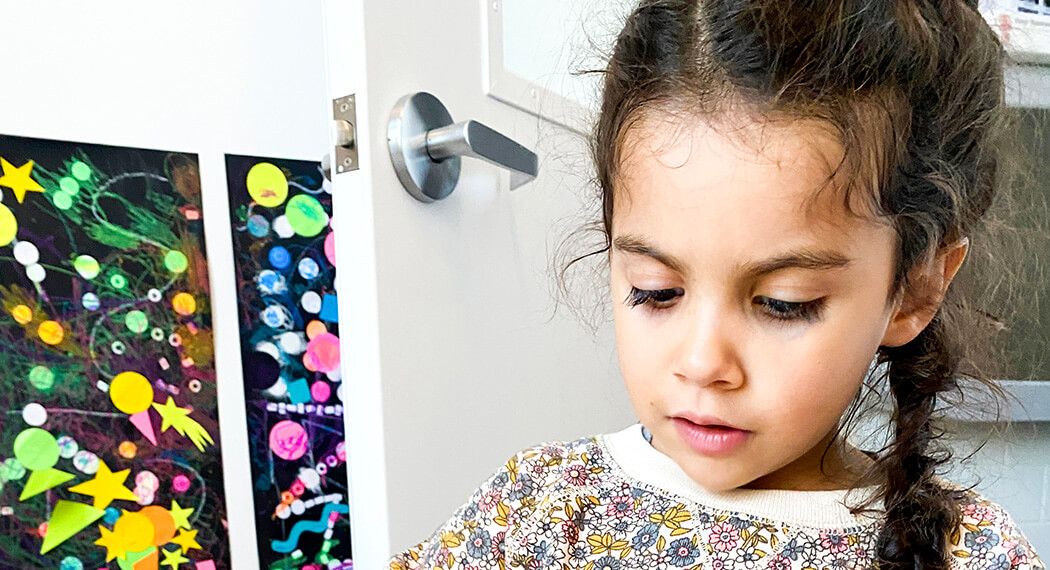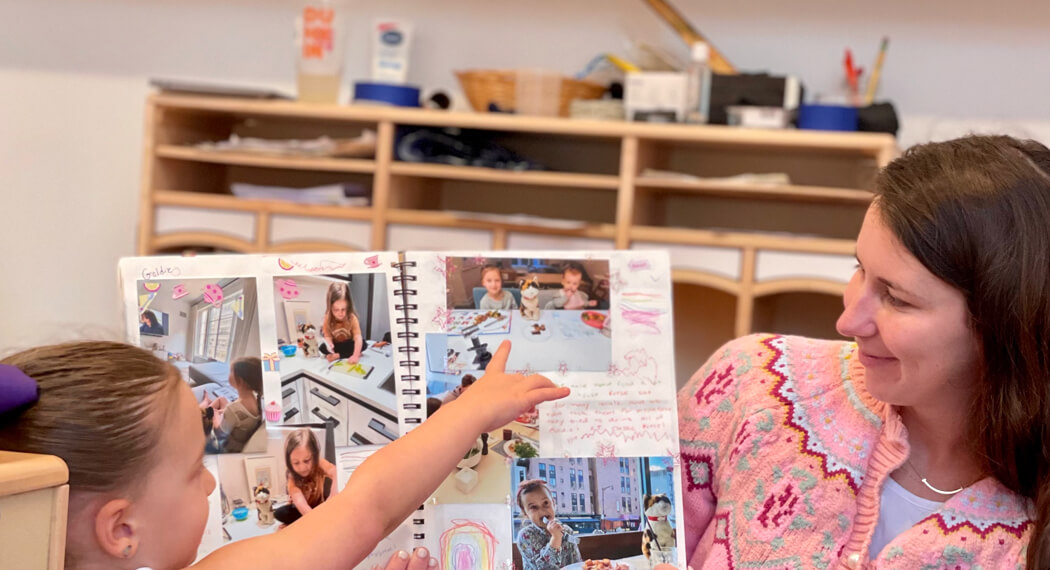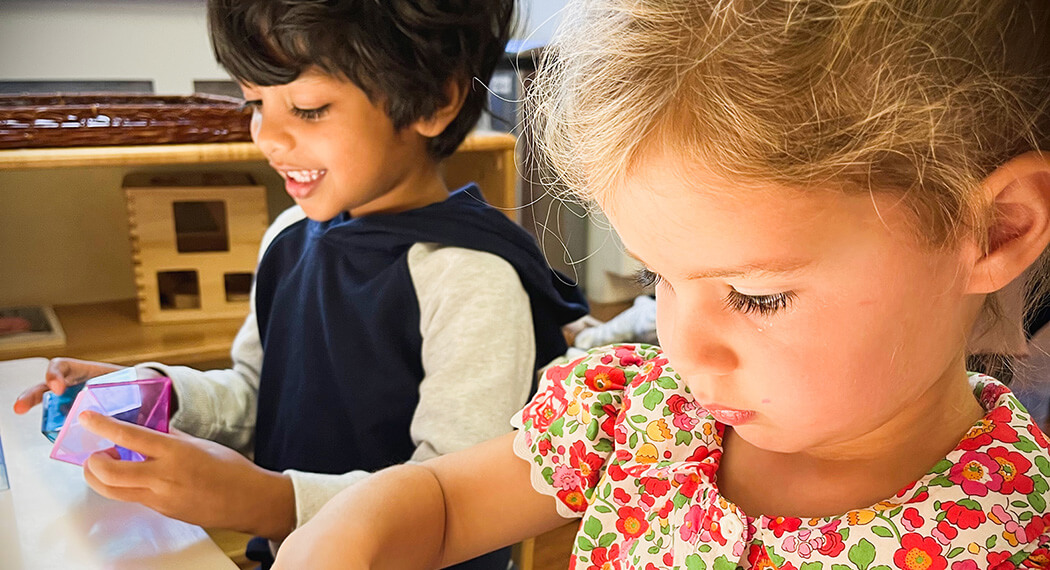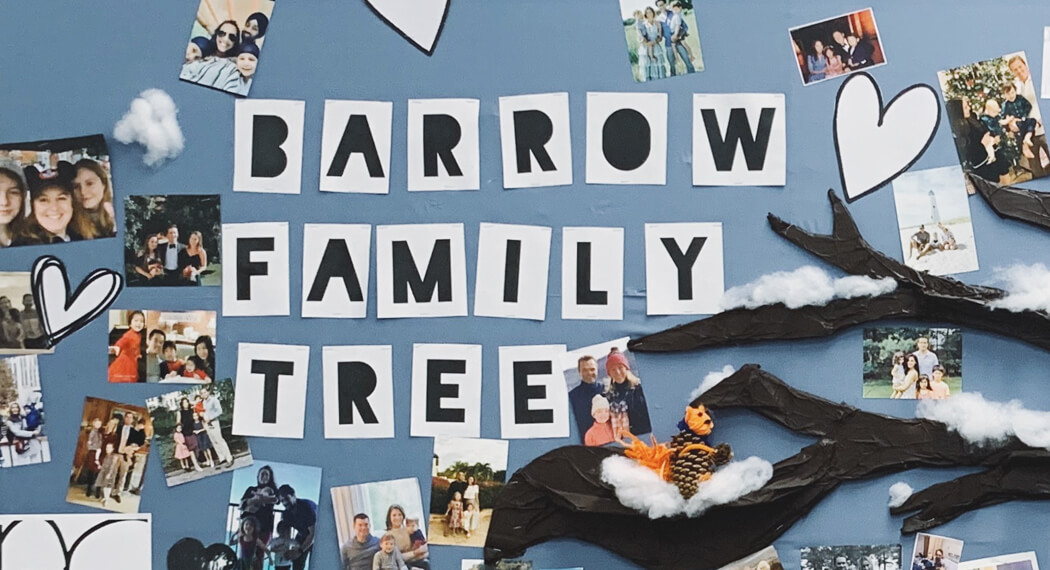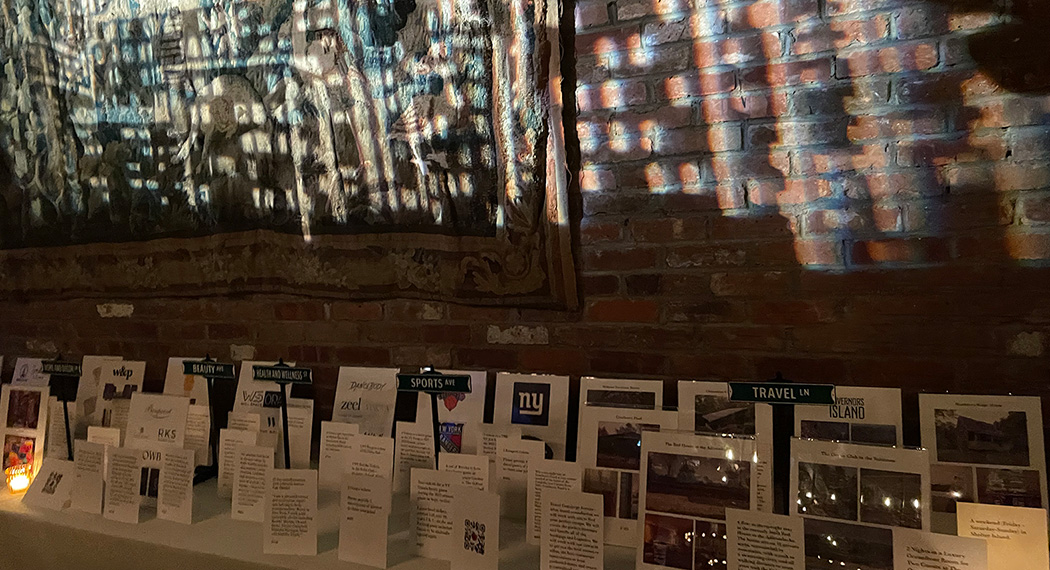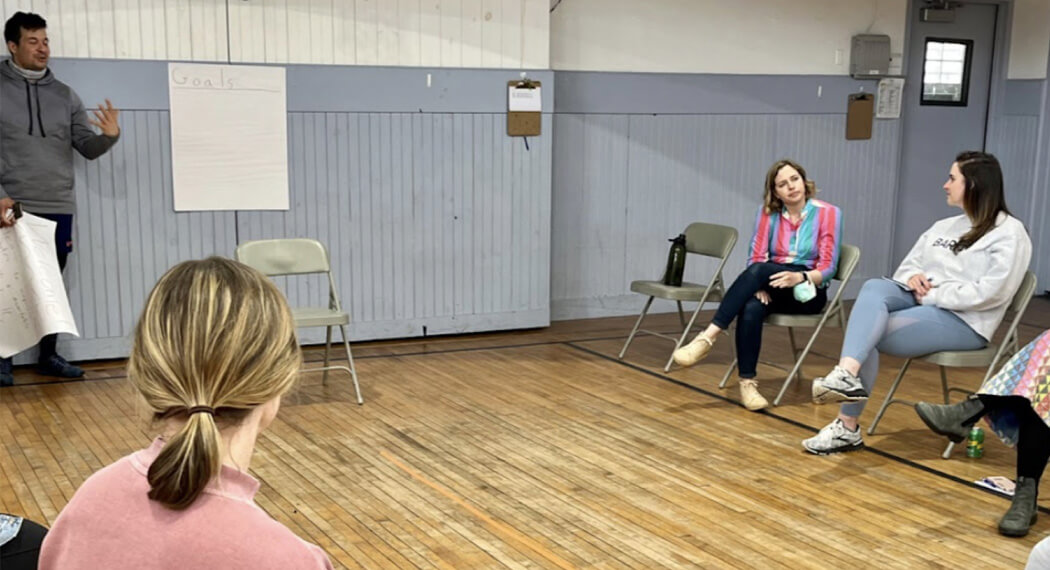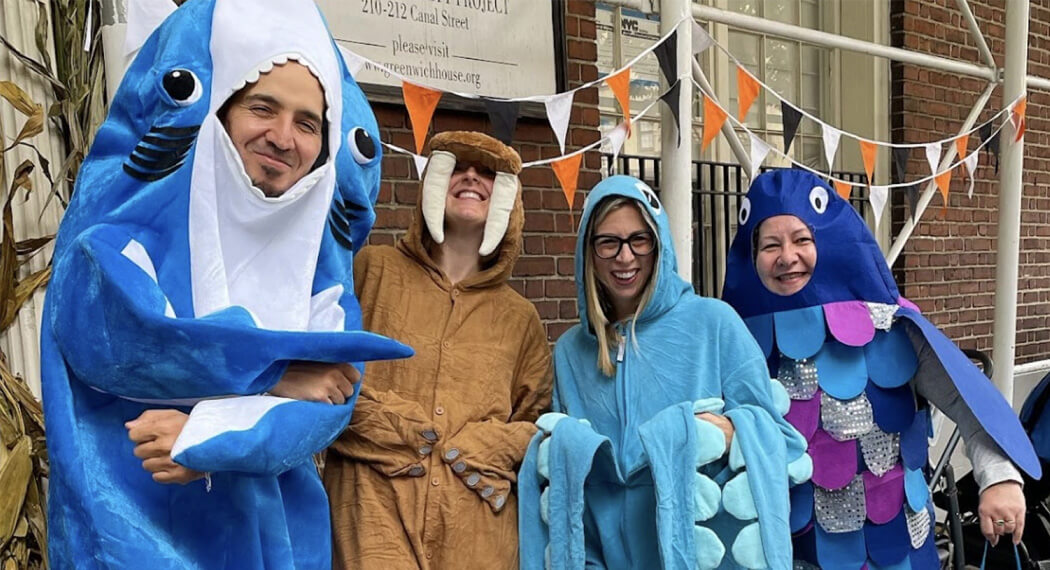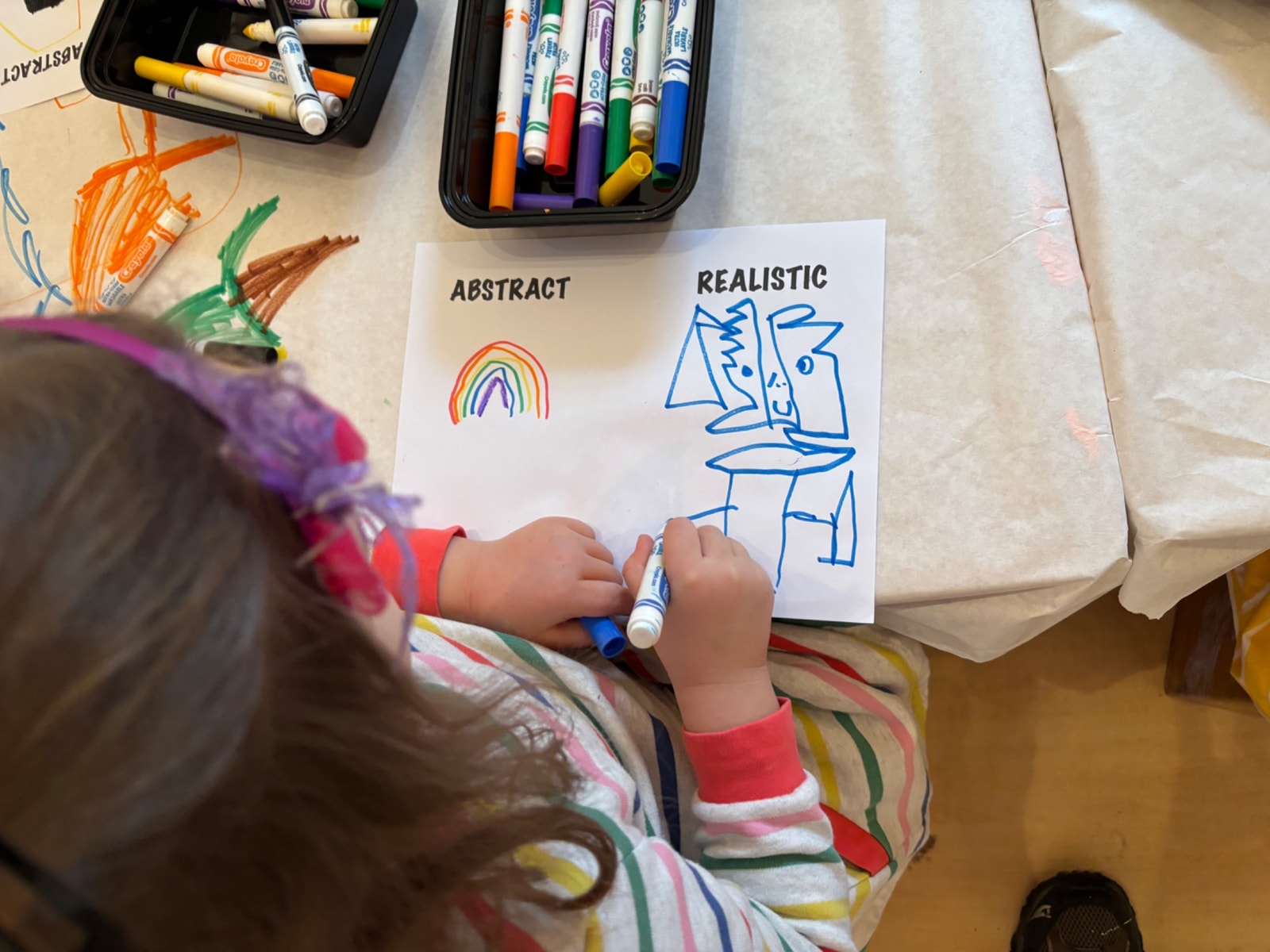After diving right into the lengthiest art project of their lives in the first semester and then going full-immersion into the cave for three weeks, I try to bring the class back to some fundamentals that have been present throughout but just not focussed on directly.
We begin with COLOR and our ability to discern literally millions of shades and tints. I like to show the classes a Benjamin and Moore color fan and then when those multitudes of colors are taken in, I bust out a second one. Admittedly, they mostly just want to play with the fan but I feel like the point is made.
I also like to introduce well-known artists to the groups during this part of the year to familiarize them with some names and images that might come back into play for them as they someday take art history classes, go to museums or just want to impress somebody with their knowledge of art at a cocktail party or gallery opening. Color Artists: Henri Matisse, Helen Frankenthaler
We work our way through the warm colors, then the cool ones, then brown, black white. Pastels are so vibrant. First, I like to have them do this stencil to define the paper and give them another intellectual challenge to decide inside or outside or both.
We also talk about LINE in art. We talk about straight lines, curvy and zig zag lines, vertical and horizontal lines, intersecting lines. The two examples of artists I used this year, known for their line work were Frank Stella and Agnes Martin.
We also went into more detail about the differences and qualities of ABSTRACT ART VS. REALISTIC ART. For our purposes, we simplify this by boiling abstract down to “designs” and realistic as “something drawn from the real world.” By these definitions, a three-eyed Picasso portrait will get categorized into Realistic because the painter is depicting something from the real world. Similarly, our little artists who draw with amazing creativity and freedom are not creating anything close to photorealistic depictions of cats, family members and the like, but we call all these things meant to depict real things, realistic. The last thing I want anyone to ever get caught up in is not being able to make something “look right.” Nothing can crush an aspiring artist’s spirit faster than going down this road. That’s partially why I start the year out as I do, basically forcing my entire student body into abstraction.
The artists chosen this year to depict the realistic and the abstract were Kehinde Wiley for realistic and Gerhard Richter for abstract. Richter also does realism but I wanted him for his abstract side. The project is simply to draw two pictures, one abstract, one realistic. I think I need to re-tinker this one though since I’ve got words on the paper which I read to each student with it in front of them, but I think it throws many of them off. It’s all a work in progress just like the kiddos themselves.

